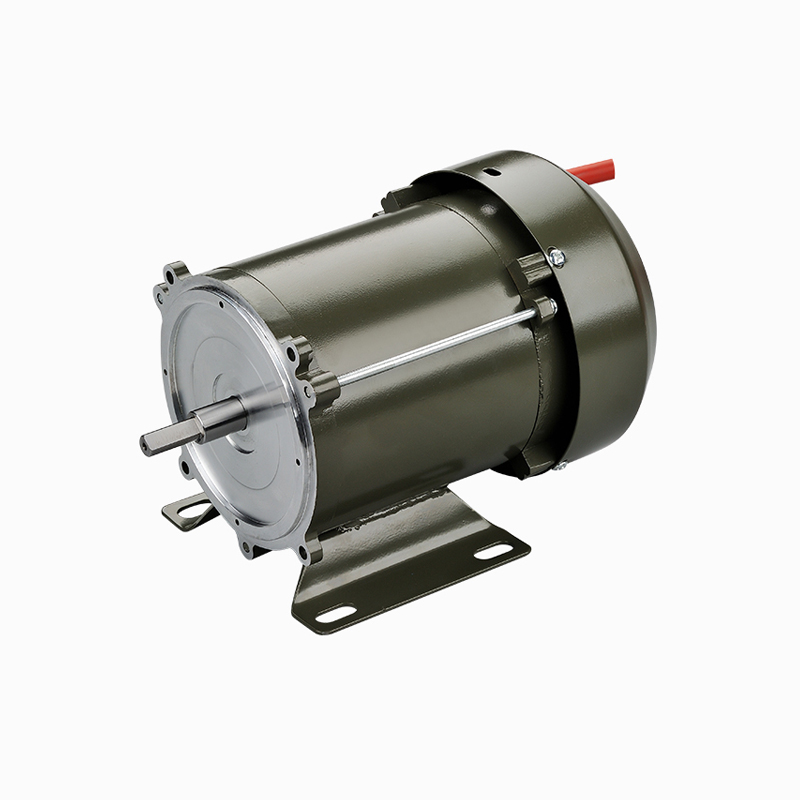Call us
+86-18023576732
+86-0579-89008006
Fax: +86-0579-82206899
DC Brushed Motors are widely used in many industrial and consumer applications due to their simplicity and cost-effectiveness. One common question that arises is whether its performance is stable and reliable over time and under different working conditions. This article delves into the factors that influence the stability of DC Brushed Motor performance and how to ensure consistent operation.

Fundamentals of DC Brushed Motor Performance
The DC Brushed Motor operates by using brushes and a commutator to deliver current to the motor windings. This mechanical system is simple but involves moving parts that can wear out. The motor’s performance is characterized by parameters such as speed, torque, efficiency, and current consumption. Stability in these parameters is essential for applications that demand consistent motion and control.
Factors Affecting Performance Stability
Several factors can affect the stability of a DC Brushed Motor’s performance. Brush and commutator wear is a primary cause of performance degradation. As the brushes wear down, the electrical contact becomes less effective, causing increased electrical noise, sparking, and irregular motor behavior. Over time, this wear can cause fluctuations in speed and torque.
Another factor is the quality of the power supply. Voltage fluctuations can directly impact the motor’s speed and torque output. A stable, regulated power source is necessary to maintain consistent motor performance. Additionally, environmental factors such as temperature, humidity, and dust can affect the motor’s components and cause instability if not properly managed.
Load variations also influence stability. Sudden changes in load torque can cause speed drops or fluctuations in current draw. The DC Brushed Motor responds quickly to load changes, but excessive or abrupt loads can cause temporary instability or even damage if the motor is not properly rated for the application.
Maintenance and Its Role in Stability
Regular maintenance is critical for ensuring the stable performance of DC Brushed Motors. Replacing worn brushes, cleaning the commutator, and lubricating bearings can significantly extend the motor’s stable operating life. Preventive maintenance reduces electrical noise, decreases sparking, and maintains smooth motor rotation, all of which contribute to consistent performance.
Design Improvements for Stability
Modern DC Brushed Motors often incorporate design improvements to enhance stability. Using higher-quality brush materials, precision-machined commutators, and improved bearing systems helps reduce wear and maintain consistent electrical contact. Additionally, incorporating electronic controllers that regulate voltage and current can help mitigate performance fluctuations caused by power supply instability.
Comparing Stability to Other Motor Types
While DC Brushed Motors can offer stable performance, they are generally less stable than brushless motors, which use electronic commutation and have fewer wear-prone components. However, for many applications, it provides sufficient stability at a lower cost and simpler control system.
Conclusion
The performance stability of a DC Brushed Motor depends on multiple factors, including mechanical wear, power supply quality, environmental conditions, and load dynamics. With proper maintenance and suitable design considerations, these motors can deliver reliable and consistent operation for a wide range of applications. Understanding and addressing the factors that impact stability is key to improving DC Brushed Motor's performance and lifespan.
Contact Us